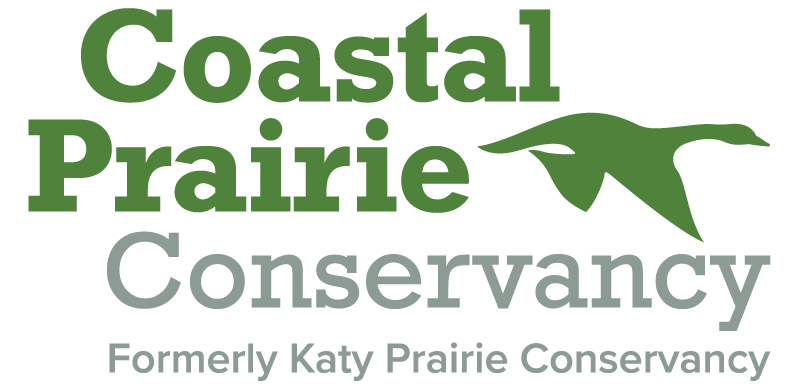Wetland & Stream Restoration
Wetland Restoration
Restoring and enhancing prairie depression wetlands consistent with the historic wetlands of the prairie is an important part of the Coastal Prairie Conservancy’s restoration work. The prairie has been significantly altered over the last century from intensive agricultural practices. Water movement and storage capacity have been altered across the prairie through the use of land leveling, ditches, dikes, and berms. Sites in need of restoration also lack the variety of species that once existed on the Katy Prairie due to the loss of the historic wetland system.
Our managers work to identify areas where depression wetlands may have historically existed. Once the historic topography has been recreated, native plants and native seeds are used to jumpstart the restoration process. Upland areas between the depressional wetlands are also restored to include areas of tallgrass prairie and prairie/pimple mounds, which were a common component of the Katy Prairie prior to European settlement.
Once restored, these wetlands filter water, improve water quality, and provide foraging, roosting, and nesting habitat for resident and migratory waterfowl, shorebirds, and upland species. The prairie’s wetlands also play an important role in storm water absorption, which reduces flooding, pollutants, and sediment loads in watershed runoff.
Streams
The Coastal Prairie Conservancy continues the enhancement of more than 70,000 linear feet of stream on the Warren Ranch, which has resulted in a more sinuous stream. Allowing the steams to follow their natural curves and bends has created better water holding capacity, reduced sediment deposits due to erosion, improved water quality, and enhanced native vegetation.

